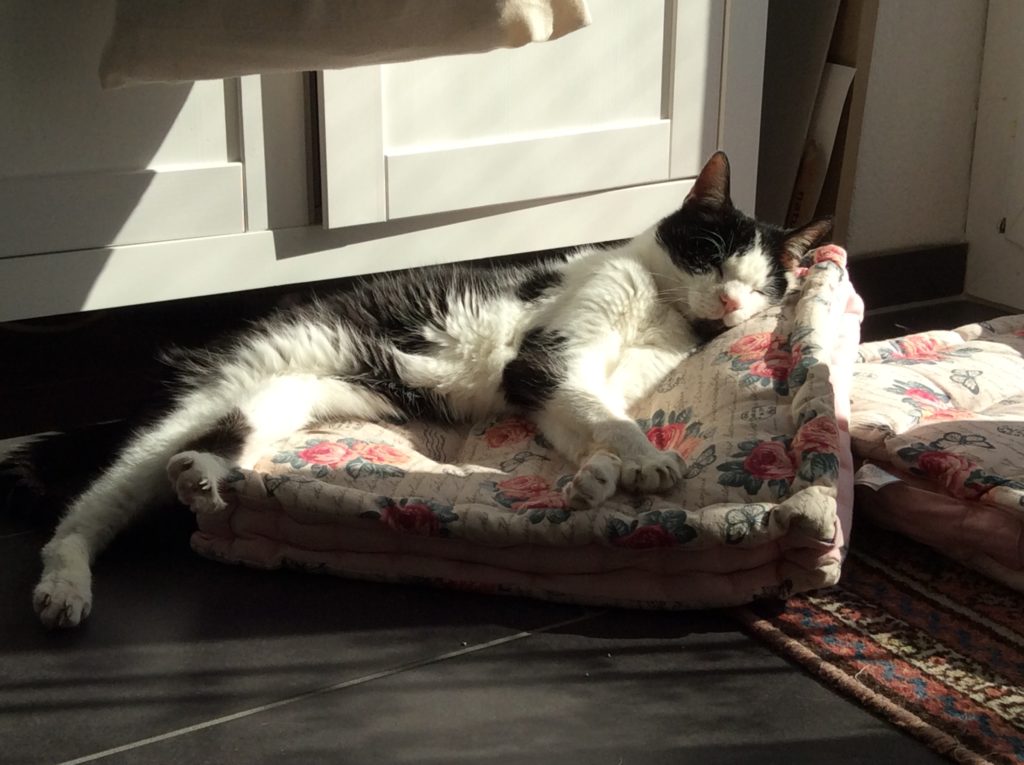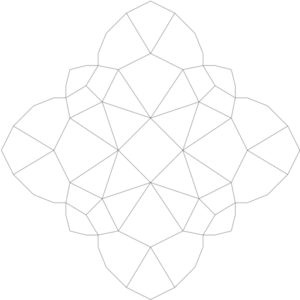How can it be October already? I feel like this year has flown past. It’s alright, though, as I love autumn and October is my favourite month. The light is amazing and I love seeing all the autumn colours on the trees. It’s my birthday month and this year it’s one of the big ones: 50.
I love the age that I am, I love that I know who I am and what I want. I love the person I’ve become and I wouldn’t want to change anything in my life as everything that’s happened, good and bad, has shaped me. So I’m happy to say bring on the fifties!
Anyway, enough with the rambling. Here’s my September block which I finished at the last minute and where I added some fun orange accents.

I’m getting more and more excited about this quilt. I’ve started appliquéing the tiles onto the background but haven’t gotten very far yet. I really need to get a move on, though, as there are only two more tiles to sew.
Curious about the penultimate tile? Here it is:

I’m a little bit at a loss on how I’m going to do this one and where I’m going to put the coloured accents. Once I start all of this usually falls into place quite quickly so I’m hopeful that I’ll come up with a plan soon enough.
Right, here are the templates:
And here’s the entire tile so you can plan your fabrics if you are so inclined:
I’m really looking forward to seeing all the various versions on Instagram.
Happy stitching!
























